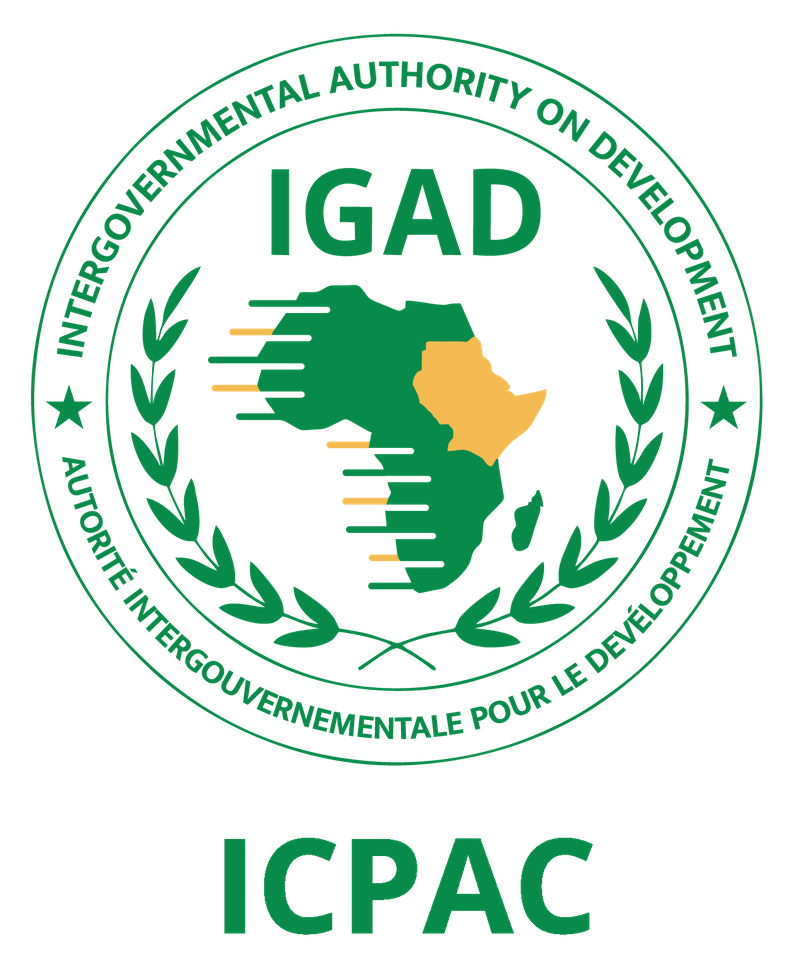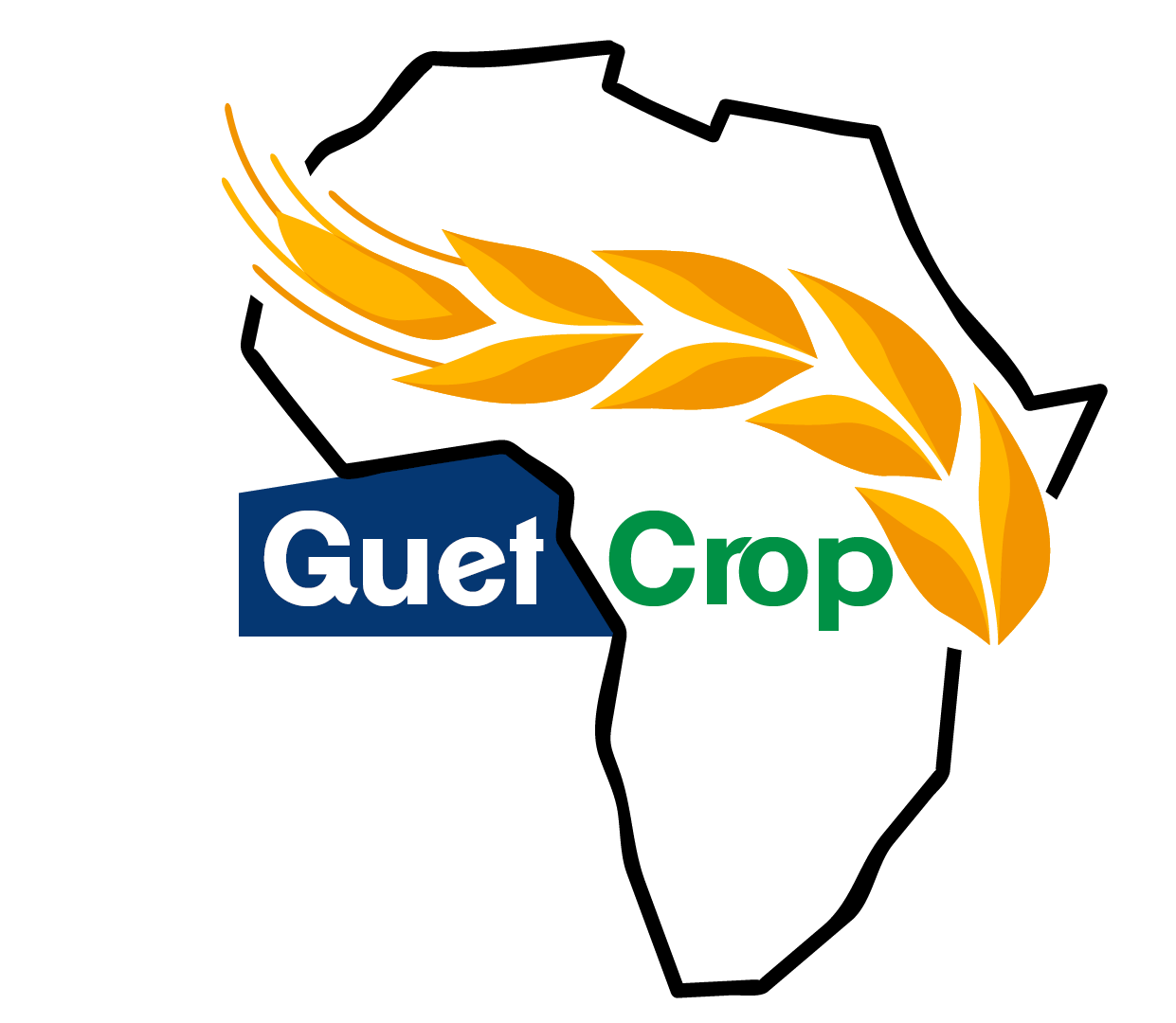Afghanistan
Assessments
March 2025
In Afghanistan, rainfall since November has been below average across the country although with a somewhat regular distribution which benefitted crops. Despite this rainfall deficit, biomass of (mostly irrigated) winter cereals is close to or above average in most regions except in the northwest (from Jawzjan to Hirat) and partly in the north (Balkh, Baghlan). Planting of spring wheat has started or is about to start depending on the altitude and according to the Copernicus C3S multimodel seasonal forecast, dry conditions are to be expected for April and May.
Afghanistan continues to face high levels of hunger with about 15 million people estimated in acute food insecurity (IPC phase 3 or above) as a result of a severe economic and social crisis (combined with climate change, gender inequalities, rapid urbanization, return of refugees from Iran and Pakistan) according to the latest IPC analysis.
Afghanistan continues to face high levels of hunger with about 15 million people estimated in acute food insecurity (IPC phase 3 or above) as a result of a severe economic and social crisis (combined with climate change, gender inequalities, rapid urbanization, return of refugees from Iran and Pakistan) according to the latest IPC analysis.
Hotspots Time Series
Assessment_graph
Country Summary
Statistics
Date
Agricultural cover
Number of administrative units classified as Warning (%)
Warnings and indicator graphs
Date
Cover
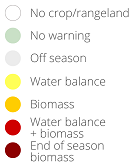
Date
Cover
WI_graph1
Date
Cover
WI_graph2
Date
Cover
Indicator
WI_graph3
Indicator temporal profile (ASAP units level 1)
Year
Cover
Indicator
Area
ASAP1 Units
Indicator maps
Main indicators at dekad
Last 6 dekads for indicator
Date
Indicator
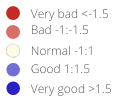
Date
Indicator

Date
Indicator

Date
Indicator

Date
Indicator

Date
Indicator

Ancillary Information
Overview maps
Phenology
Layer

Season progress
Dekad
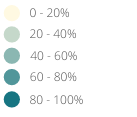
Agricultural area
Cover
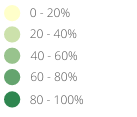
Warning frequency map
Cover
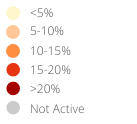
ASAP units
Crop calendar and Production
Selection of FAO crop calendars matching with ASAP phenology
CCP_graph1
Agriculture statistics: ten crops with largest area
CCP_graph2
Agriculture statistics: ten crops with largest production
CCP_graph3
Share of national cereal production by subnational units
CCP_graph4




